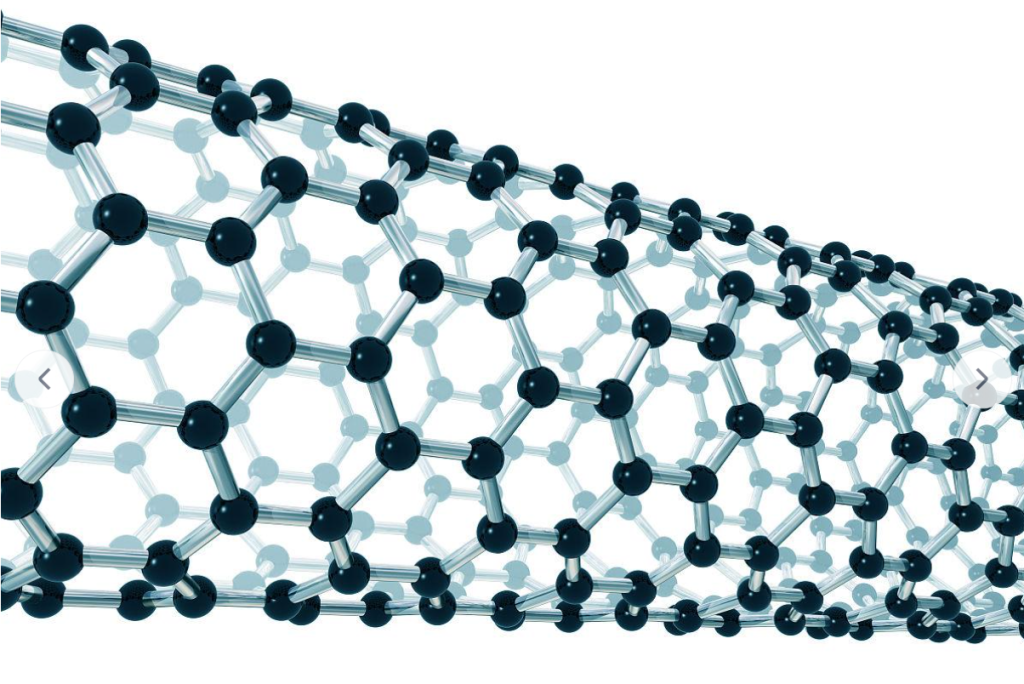Carbon Nanotubes in Energy Storage: Unlocking High-Performance Supercapacitors and Batteries
🔹 Introduction
As the demand for fast-charging, long-life, and high-power energy storage devices increases across EVs, grid storage, and consumer electronics, carbon nanotubes (CNTs) are emerging as a strategic material. Their exceptional conductivity, surface area, and mechanical strength make them ideal for both battery electrodes and supercapacitor architectures.

🔹 1. CNTs as Electrodes in Supercapacitors
-
High surface area for electric double-layer capacitance
-
Conductive networks enable fast charge/discharge cycles
-
Mechanical flexibility suitable for wearable and foldable energy storage
-
Hybrid CNTs with MnO₂ or graphene further enhance energy density
🔹 2. CNTs in Lithium-Ion Batteries
a. CNT-Modified Anodes
-
Replace or reinforce traditional graphite anodes
-
Allow for faster lithium ion diffusion and better cycle life
b. CNT-Coated Cathodes
-
Improve conductivity in LFP, NCM, and other commercial cathode materials
-
Reduce internal resistance, especially under high current loads
🔹 3. Advanced Architectures
-
3D CNT frameworks for flexible batteries
-
CNT aerogels and foams for ultralight energy devices
-
CNT-silicon composites for next-generation high-capacity anodes
🔹 4. Industry Progress and Key Players
-
Nanoramic Labs: CNT-based ultracapacitors for automotive and aerospace
-
LG Chem & Panasonic: R&D on CNT conductive additives in commercial LIBs
-
Skeleton Technologies: Exploring CNTs for fast-charging ultracapacitors
🔹 5. Challenges
-
Cost and purity control of CNT synthesis
-
Scalability of composite production
-
Uniform dispersion in slurry processes
-
Lifecycle compatibility with electrolytes and binders
🔹 Conclusion
Carbon nanotubes are revolutionizing the performance limits of energy storage, enabling devices that are faster, lighter, and longer-lasting. As production costs decrease and integration methods mature, CNT-based storage will play a critical role in powering the next generation of electrified technologies.

